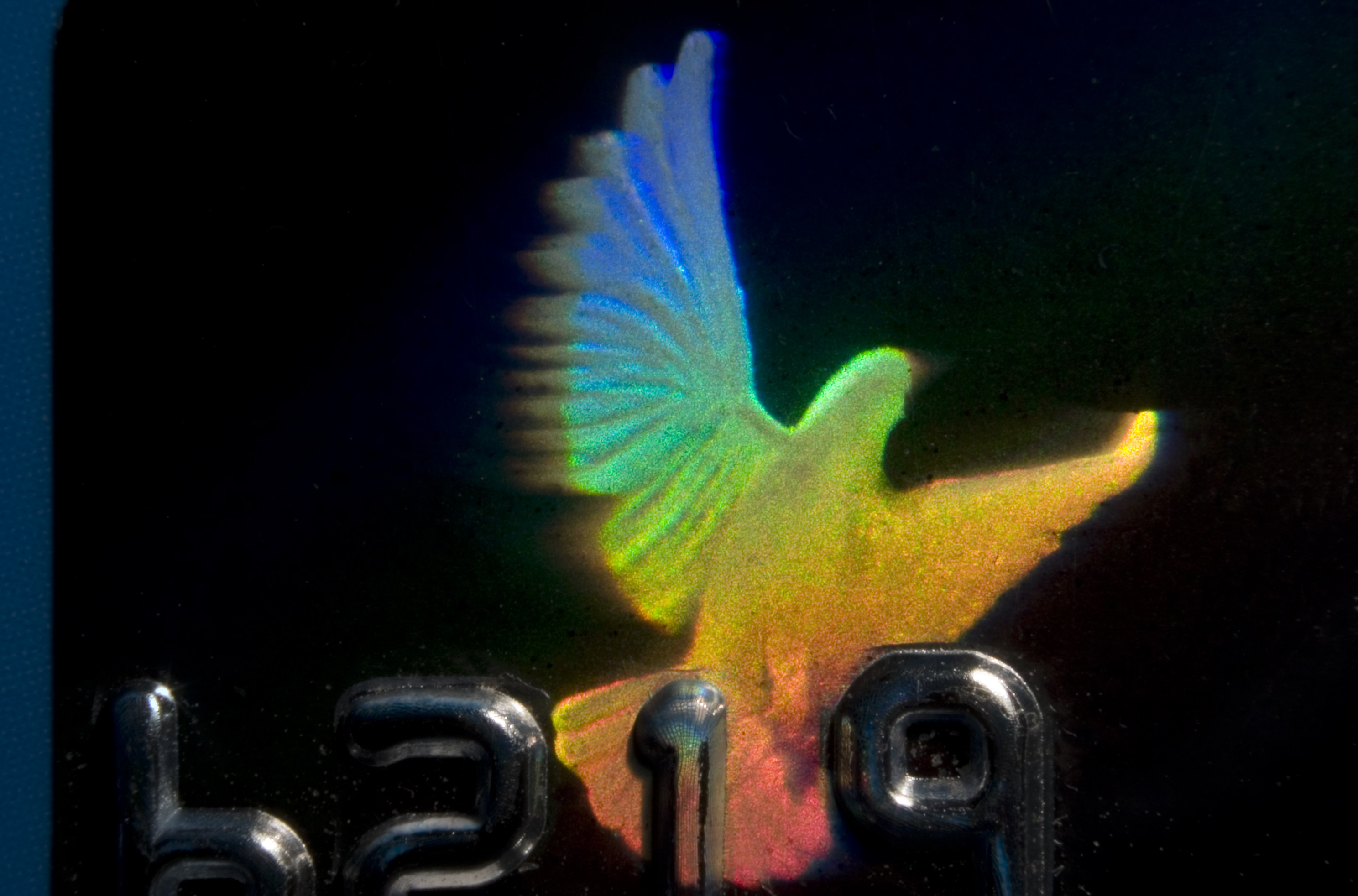Could ‘Star Trek: Discovery’ Be Right About Parallel Universes? Vaulting Ambition (S1E12) Recap

What it would take to make a ‘mirror Universe’ a reality.
The idea of parallel Universes has been around for over 60 years now, giving a theoretically physical existence to all the possible outcomes of our reality, including the ones that didn’t occur. In our current reality, once a quantum decision is made, or an observation constrains the possible remaining outcomes, these other Universes must split off irrevocably from the one we inhabit. In Star Trek: Discovery, however, there remains a connection between the Universe where the original crew is from, and the mirror Universe, which split off from the original timeline some 200 years ago. As we learn more about the two different Universes, we find commonalities: people, relationships, even wars and betrayals. After an incredible plot twist, we finally discover why, but the question of how to make this possible lingers.
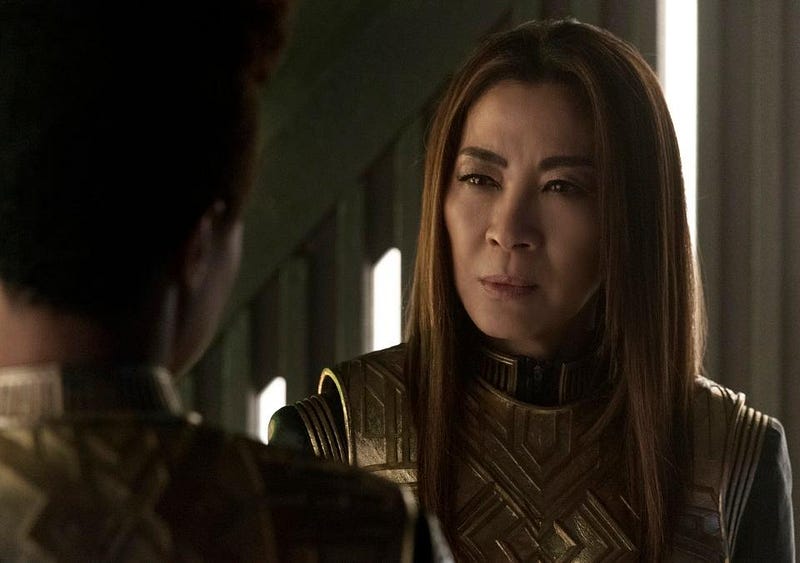
Recap: Interphasic space. That’s the explanation, right away, given for how the two Universes are still in contact with one another: a “hidden” region of space where a potentially traversible connection still exists. Burnham reveals these facts which Saru has decrypted from the U.S.S. Defiant, which was the only other ship to cross from the prime to the mirror Universe. Burnham delivers Lorca to the Emperor, who refuses to bow until Emperor Georgiou forces him to. Burnham is praised and celebrates as Georgiou’s long-lost daughter, and is told to choose a Kelpian. When she picks mirror Saru, she’s horrified to learn that he’s the main course for dinner, and is forced to eat his threat ganglia, much to her horror. Her discomfort betrays her, and Georgiou, sensing something is wrong, makes accusations and sentences Burnham to death.
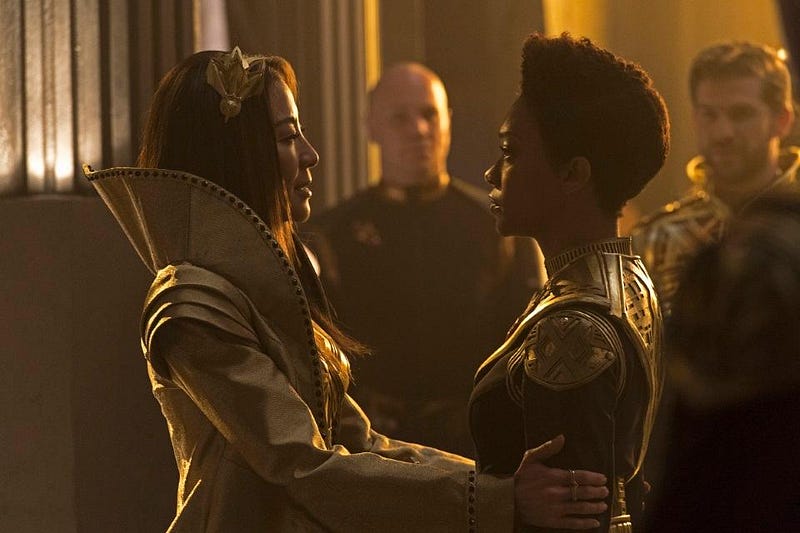
But things go even deeper from there. Burnham, to save her life, confesses her true origins: that she and Lorca are from another Universe. Captain Georgiou’s badge, with its quantum-variant signature, is the proof. When she tells Georgiou about the spore hub drive, Georgiou becomes intrigued. Traversing Universes via interphasic space causes insanity, but clearly the spore drive doesn’t, and Georgiou wants the technology. Lorca, meanwhile, is being tortured in an agonizer, and one of Georgiou’s top lieutenants wants revenge for what mirror Lorca did to his sister. After torture, murder, and eventually Lorca turning the tables on the torturer, we get the big reveal that Georgiou has already figured out: our Captain Lorca has been the mirror Universe version all along. He is here for… revenge? Redemption? Murder? The serialized nature of Star Trek: Discovery finally pays off.
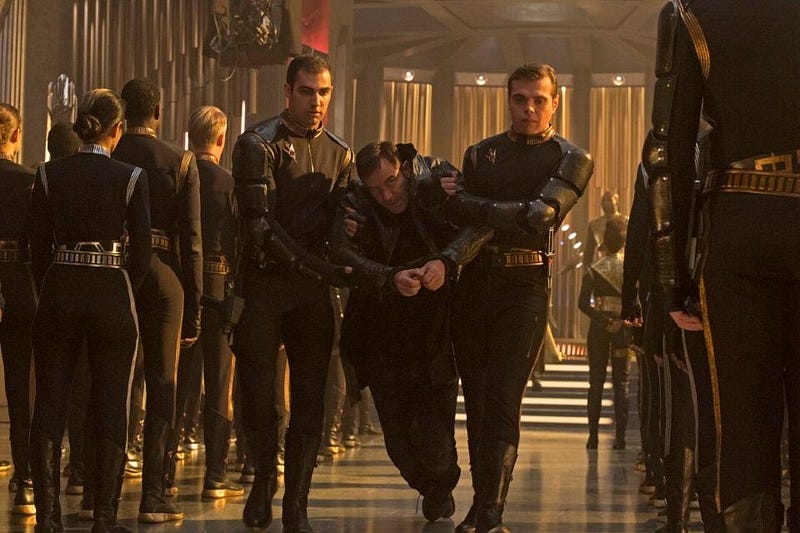
There are two other major sub-plots that come out. First, the true nature of Tyler is revealed to all. He’s a Klingon (Voq) and a human (Ash Tyler) merged into a single body. The Federation doctors can’t figure out how to help him, but L’Rell knows how. In sickbay, Tyler/Voq is restrained, and L’Rell begins the separation process. It’s a giant unknown to everyone except L’Rell, but based on what we’ve seen here in the mirror Universe, Voq is likely the key to the end of the Klingon/Federation war in the prime Universe. The remainder of this story will have to play out in another episode.

Second, Stamets has to put his mind in order in order to escape his coma. Mirror Stamets tries to guide him through the maze of his mind, but we see that there are flaws and degradations to beware of; many passages are inaccessible. While attempting to guide prime Stamets in a particular direction, a glimpse of Culber distracts him, and mirror Stamets is left alone, with a warning not to get lost in his own mind forever. Culber guides Stamets through his own thoughts, and helps him realize what he already knows: that Culber is dead, that there are two Universes, that Stamets must navigate the connection and guide them home, and the way out is to open his eyes. Stamets wakes up, and is ready to get to work.
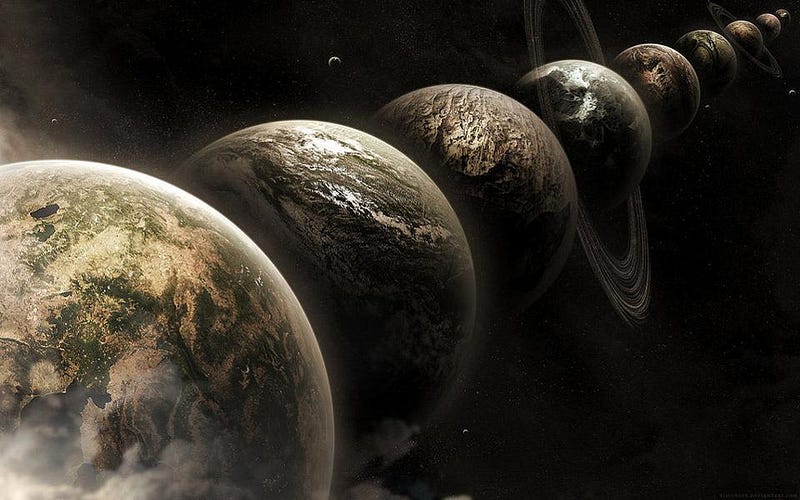
The Science: There’s a lot to unpack, but the biggest point to address is the idea of parallel Universes. Quantum mechanics offers a very different picture of reality that the one we intuit. We normally think of things classically when it comes to physics: in terms of straightforward laws like cause and effect, or action and reaction. This is what we call a deterministic Universe, where if you’re given the initial conditions and the rules that govern things, you can predict, with arbitrary accuracy, what will happen in the future. In quantum physics, however, you can only know the probability of a variety of outcomes, and the outcome itself isn’t determined until you make a measurement or observation that depends on what the outcome was.

There are a number of different ways to interpret this new kind of non-deterministic reality. The most common one is to view reality not as a set of particles, but a set of wavefunctions that overlap and interfere, producing a set of probabilistic outcomes. How we interpret that is the subject of much debate… and much navel-gazing, too, since all the different interpretations give pretty much the same answers to the same physical setups. One idea that’s gained a lot of traction, certainly in the popular imagination, is that every possible outcome has its own Universe where it actually occurs. This portrayal of the Universe, known as the many-worlds interpretation, holds that every quantum decision that gets made results in a “splitting” of Universes, where each new decision results in a new Universe.
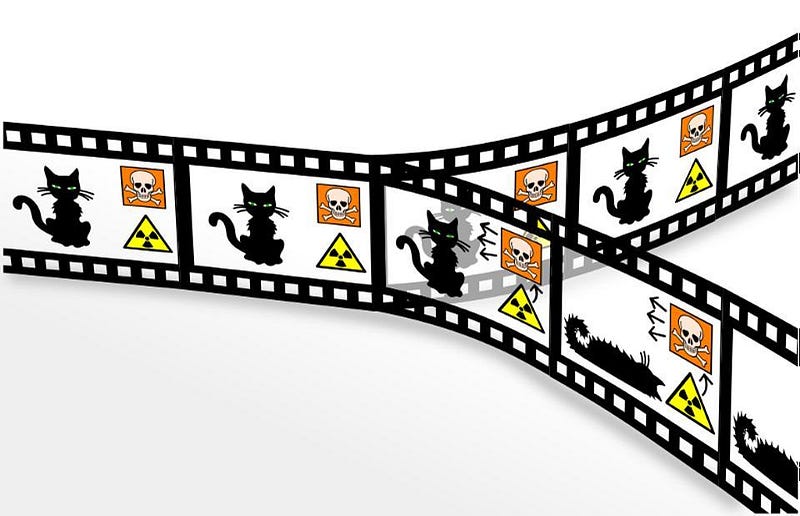
In physics, these Universes are undetectable and cannot know about each other. Once a different decision is made in one Universe versus another, the entanglement between them is broken, and they continue on their own paths independently. Despite this, however, in Star Trek: Discovery, there is somehow one Universe, known as the mirror Universe, that remains connected to our own. A different decision was made some 200 years ago, back when first contact was made between the Vulcans and Earth, and since then, vastly different realities have emerged. Yet there are similarities between them: Discovery’s crew, Georgiou’s and Burnham’s connection, Voq’s leadership role in a war situation, and so on. Lorca, last episode, called it destiny.
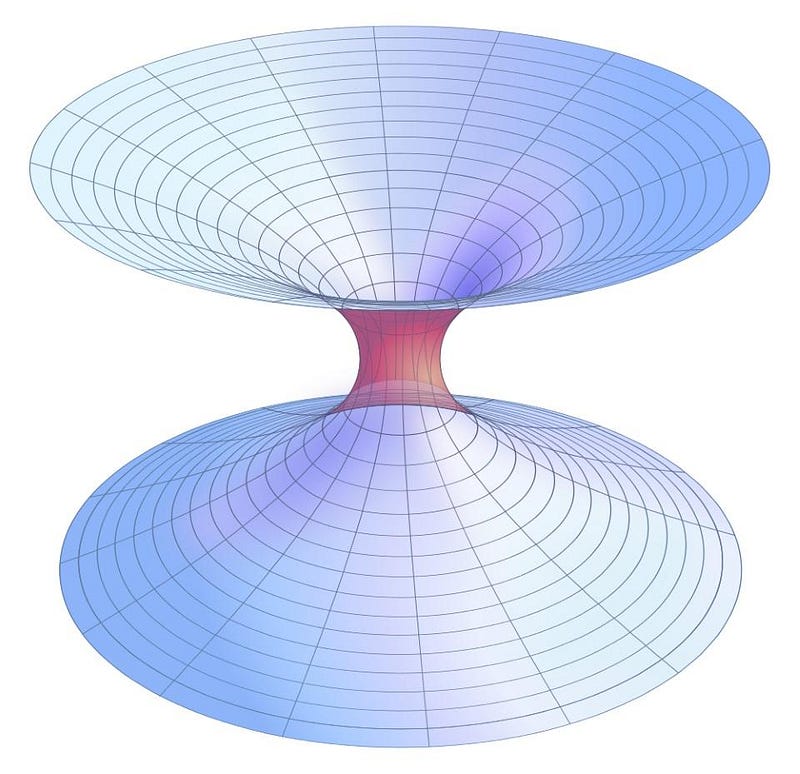
But how can entanglement be maintained? And how can there be a physical link? The only way known to travel to disconnected regions of spacetime is through a wormhole, which just might be what “interphasic space” is a substitute for. In cosmological inflation, enough space could be created, in principle, to contain all the different Universes which could arise. But how to link them, and allow travel between them? That would require a new quantum law or phenomenon: one hinted at when they scan prime Georgiou’s badge. This idea is quantum variance, or the notion that different Universes have different imprints of the invisible quantum reality that underlies what we can observe.
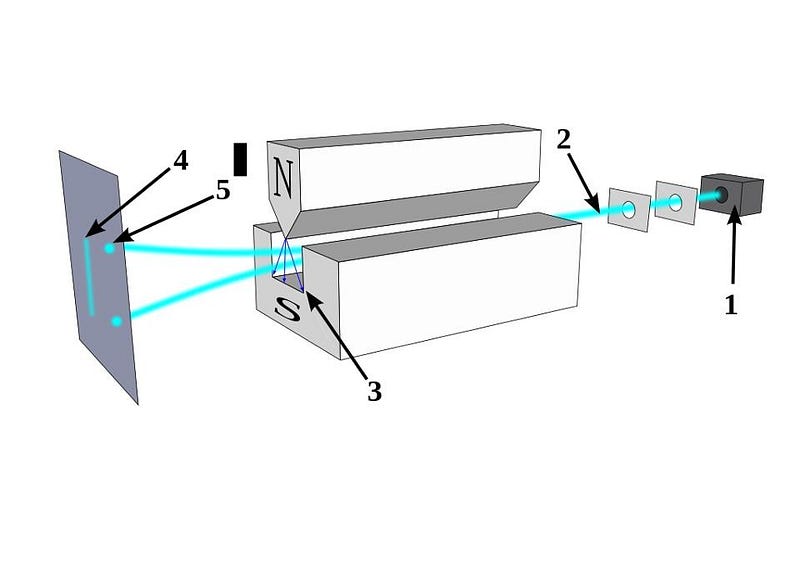
Think about a random electron in your body. We know it has an intrinsic angular momentum, called a spin, of 1/2. But is it +1/2 or -1/2? And is it in the x, y, or z direction? Oddly enough, if you measure it in, say, the x-direction, you destroy all information about it in the other two. If you then go and measure it in the y-direction, you’ll have a 50/50 chance of it being +1/2 or -1/2, but when you make that measurement in the x-direction again, you’ll find that the information about your first measurement was destroyed by making that second measurement. The experiment proving this was known as the Stern-Gerlach experiment, and helped pave the way for the quantum weirdness that describes our reality.
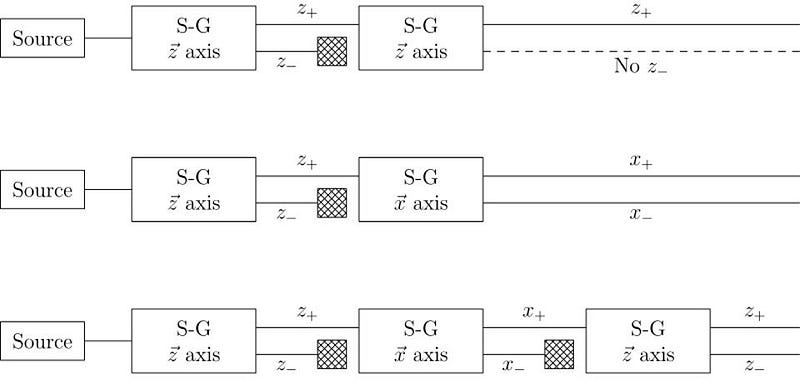
But what if information wasn’t destroyed, but simply imprinted on all the quantum particles in our Universe, and imprinted differently in the Universe where that first measurement was +1/2 versus the one where it was -1/2? With enough information, perhaps, we could reconstruct the result of that measurement. Perhaps, in addition to that, the entanglement was never broken, and there’s a way to transmit both information and to traverse space, from one Universe into another. Is this spectulative? Of course; it’s fiction. But if you’re willing to accept the possibility of a new rule of nature, all of what happens in Star Trek: Discovery is admissible in exactly that fashion.
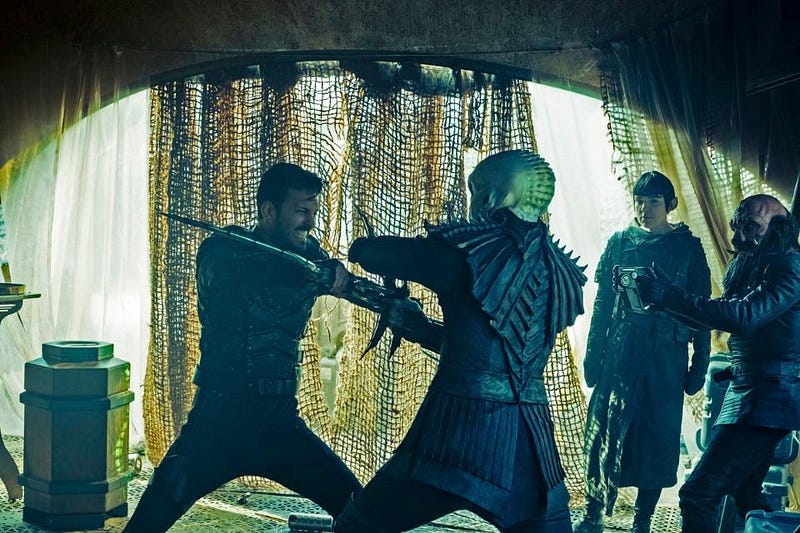
As far as combining two different minds in a single human body, there’s no reason, in principle, why that wouldn’t be possible. In many ways, the brain is modeled as a hologram, where each part of it contains all of you. People who’ve had their left and right brain hemispheres severed have different personalities, wants, desires, and dreams depending on which hemisphere is stimulated. Could not a brain be half Voq and half Tyler, if we figured out how to “program” memories and thoughts into a human mind? As crazy as it seems, there are no physical laws preventing this from becoming real.
As far as Stamets and the spore hub drive go, let’s see how that plays out. I’m intrigued, and not ready to rule out the science just yet.
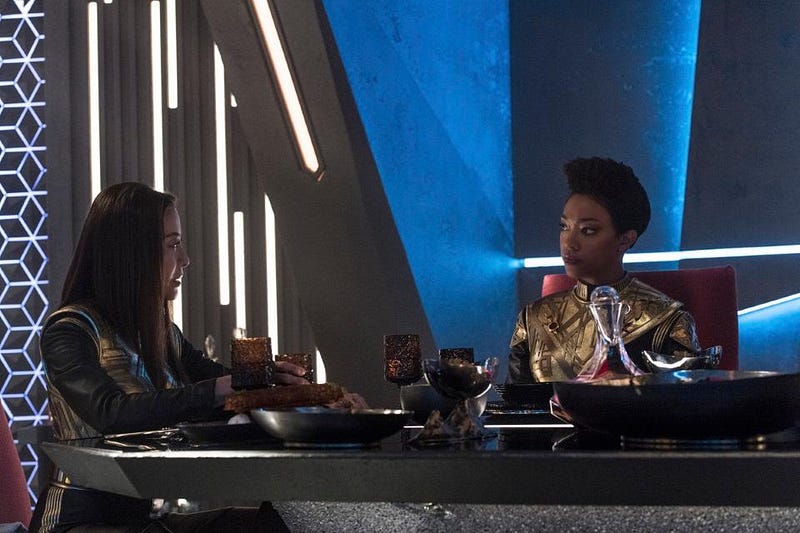
Right and wrong: Do the ends justify the means? Can you murder, torture, deceive, literally eat your friends, and still have made the right decisions? Honestly, it very likely depends on what your alternatives were, what you accomplish, and what the outcome turns out to be for everyone affected by your actions. This is something that’s playing out now for Lorca and Burnham, with an uncertain answer in both cases. (Who knew that photosensitive eyes could mean so much?)
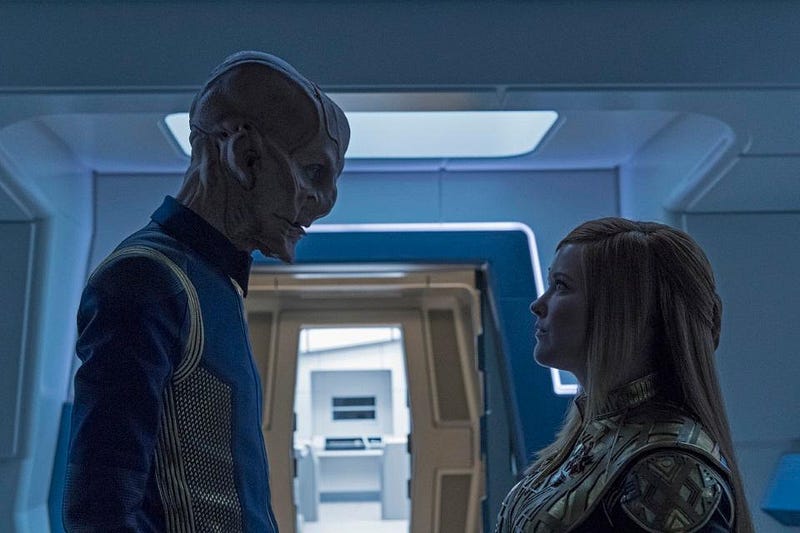
We saw this play out for Tilly and Saru in the past, with Saru giving up being at peace on Pahvo and Tilly having to become “Captain Killy” to save the crew in this Universe. We’re all curious how it will play out in the future for Voq and for Emperor Georgiou. Georgiou’s ease and willingness to cast the lives of intelligent beings aside, such as with her (very cool) murdering of about half a dozen guards by throwing a robotically intelligent ninja star through their brains, doesn’t bode well. Yet on the other hand, trusting the untrustworthy Tyler cost Culber his life; trusting Lorca may yet cost Stamets his mind. Yet in this incarnation of Star Trek, they don’t give us the answers. They just show us the consequences, and leave us to decide. The next episode, perhaps, will contain some interesting clues that lead us towards the truth.
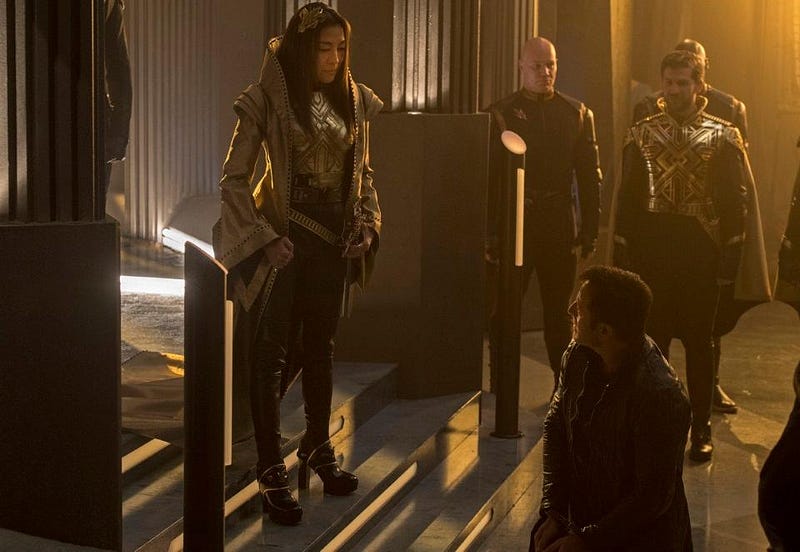
Summary: If you’ve been wondering what all this is leading to, ‘Vaulting Ambition’ is the episode that holds the answers. There is a resistance movement against the Terran Empire, and Lorca is its head. Lorca, who crossed Universes to obtain something to use in the fight against the Terran Empire. Lorca, who made his own destiny by whatever means necessary. Lorca, who pointed his gun in his Admiral’s and former lover’s face because he’s the mirror Lorca, not the prime Lorca. Lorca, who quite possibly knew what he was doing when he brought Tyler on board, and definitely knew it when he brought Burnham on board. Lorca has been the puppet master this whole time, and now, we’re going to learn where the strings are attached and why they’re being pulled.
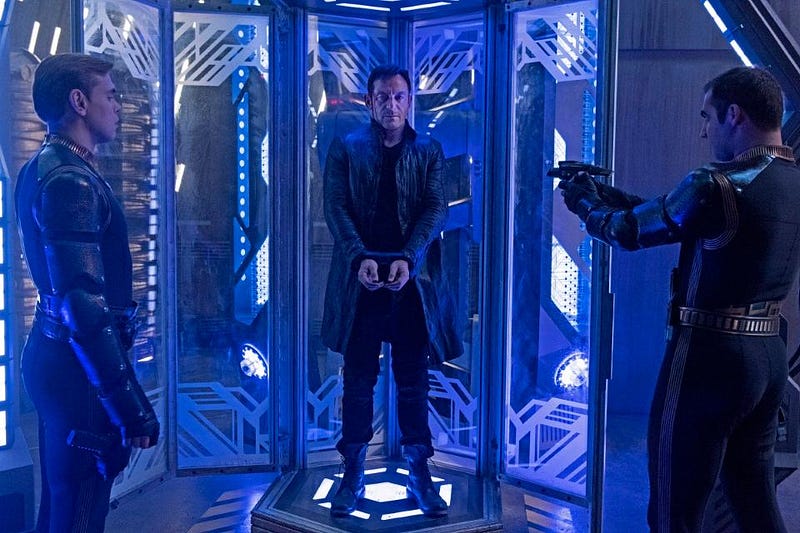
For the first six episodes, I was skeptical that Star Trek: Discovery would be anything more than a dramatic space opera focused on war. Six episodes later, I find myself addicted to a series that’s connecting me to questions of morality, duty, loyalty, ethics, and science-fiction in a way I haven’t seen on television since the rebooted Battlestar Galactica, and that I’ve been pining for since the 1990s-era heyday with NextGen, Deep Space 9 and Voyager. Welcome back, Star Trek. It’s been too long.
Ethan Siegel is the author of Beyond the Galaxy and Treknology. You can pre-order his third book, currently in development: the Encyclopaedia Cosmologica.


